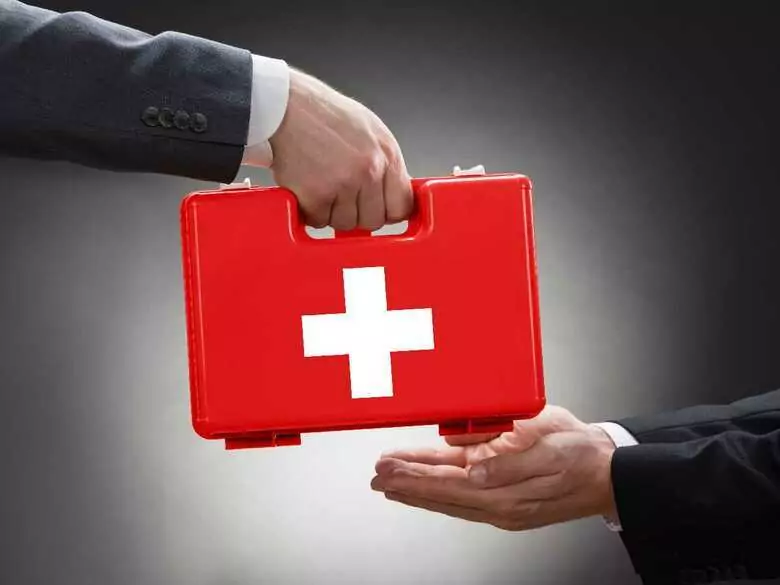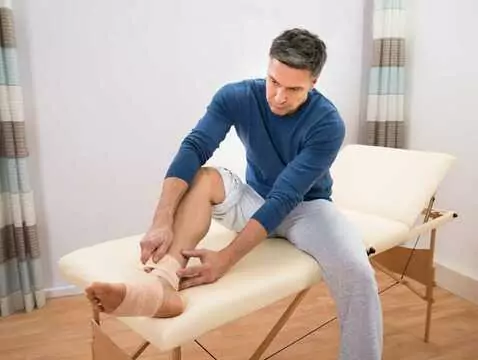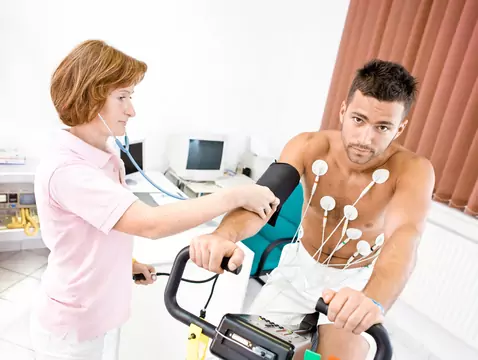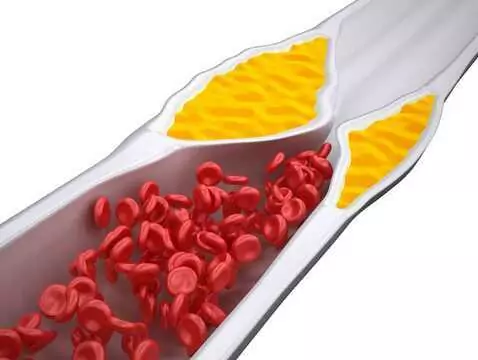Cardiovascular diseases have remained the leading cause of death in Poland for many years, despite the increased incidence of cancer. Due to the extremely important role of the circulatory system in the functioning of the body, and at the same time its complex structure, there are a great number of conditions that, in extreme cases, can lead to a significant reduction or complete stoppage of its functioning. What are the symptoms of sudden cardiac arrest? How do we recognise it and what should we do if we see an unconscious person? These and other questions are worth answering.
The entire Basic Life Support (BLS) scheme for sudden cardiac arrest (SCA) is based on the premise that our goal is to restore blood circulation as quickly as possible! Therefore, all the previously mentioned actions should be performed quickly and efficiently. When the patient is not breathing, every second is precious. Non-medical personnel (i.e. the majority of the country's population) should assume that a lack of breathing means a lack of systolic heart function. Do not check the pulse yourself! This will only be done by a team of paramedics and doctors. Without wasting time, start chest compressions. Lie flat on your back while you compress the middle part of the sternum. One wrist should be placed on top of the other, the whole upper limb should be straight, as CPR on the so-called "flaccid hands" is often ineffective. The key is to perform regular compressions at a rate of 100 per minute to a depth of 6 cm! We resuscitate an adult starting by performing 30 such compressions. We should then consider performing mouth-to-mouth rescue breaths. This manoeuvre is designed to introduce air into the lungs to maintain a relatively high oxygenation of the blood. However, remember that we are not obliged to perform rescue breaths. If we are not sure whether it is safe for us to do so, we should refrain from doing so. However, this does not release us from our duty to perform chest compressions! It is the restoration of blood flow that is most important and significantly increases the patient's chances of survival until the arrival of the emergency medical team.
Procedure when using an AED

photo: panthermedia
If we have managed to find an AED in the location of a person with sudden cardiac arrest, our procedure should be modified as follows:
- Switch on the AED immediately.
- Stick the electrodes next to the AED according to the diagram on the device (one electrode below the right clavicle, the other below and to the left of the left nipple).
- From this point on, follow the AED's instructions. The device gives loud, simple and unambiguous voice commands. The AED will issue messages to move away from the patient after taping for the analysis of the heart rhythm and possible electrical discharge (defibrillation).
- If the AED assesses the rhythm as unsuitable for defibrillation it will inform us. The device's voice command will instruct you to take immediate resuscitation action by chest compressions. In addition, in patients who are defibrillated by the AED, it will also instruct you to start compressions one discharge at a time. The compressions should be performed for two minutes. The AED will then reassess the rhythm and the cycle repeats.
At the same time, it is worth remembering that it is everyone's legal and moral duty to perform basic CPR! We are legally liable for failing to provide assistance. We may not attempt CPR unless we consider the situation to be life or health-threatening. In such cases, you should call for help immediately.









